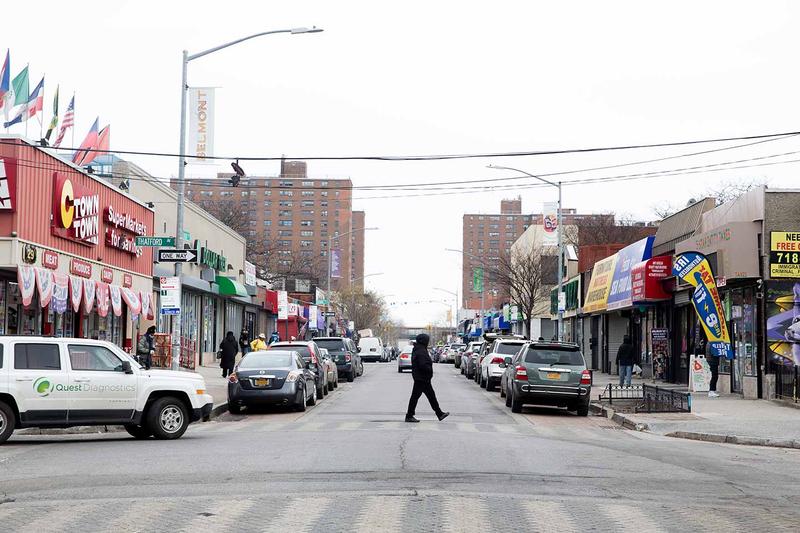
While overall crime is down to record lows citywide, New York City police officials have identified six precincts to focus on. These precincts each have violent crime rates at least twice as high as the city's, and they encompass some of the city's most underserved neighborhoods, including the South Bronx, East Harlem, Brownsville and East New York.
Commissioner James O'Neill said the effort will start with a series of community meetings in each of the precincts. He said he preferred to convene relatively small groups, about 20 people, to facilitate meaningful conversation.
"To push those numbers down even more we have to make sure that everybody has a sense of ownership here — not just the people that live in the community, not just the police department, not just the D.A.'s office," O'Neill said Thursday. "All the electeds, all the other city agencies — they have to take ownership of this issue also."
O'Neill said that he would also meet with police officers in each of the precincts to hear how they could be better supported, and that part of the strategy may — or may not — include increasing the number of officers in each precinct. But the main goal, he contended, was a holistic approach to policing.
The first meeting will be in Brownsville in February. The neighborhood struggles with poverty and a high concentration of public housing. But it is also home to families with strong, generational ties to the neighborhood and a commitment to improving it. WNYC reported extensively from the neighborhood last year.
James Brodick, director of community development and crime prevention at the Center for Court Innovation, said members of his organization will attend the meeting in Brownsville and likely others in the city, as the Center does criminal justice programming in all of the six precincts.
Brodick said there are clearly ways that people in Brownsville and the NYPD can better strategize together, if there is trust, to prevent crime.
"If you ask community residents, if you ask the NYPD, who's likely to be the next perpetrator or victim of a crime — we're probably saying the same names," said Brodick. "And if you ask people where those crimes are likely to happen, they are probably the same places."
He said the issue becomes finding ways to divert people from criminal activity and give them opportunities through social programming or by revitalizing public spaces to make them inhospitable to criminal activity.
Brodick said the meetings are a good start to both gather information from community members and to allow the NYPD to communicate to local residents about changes they have made over the last couple of years. One such change was implementing the neighborhood policing model in all precincts as an attempt to collaborate more closely with residents.
